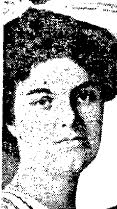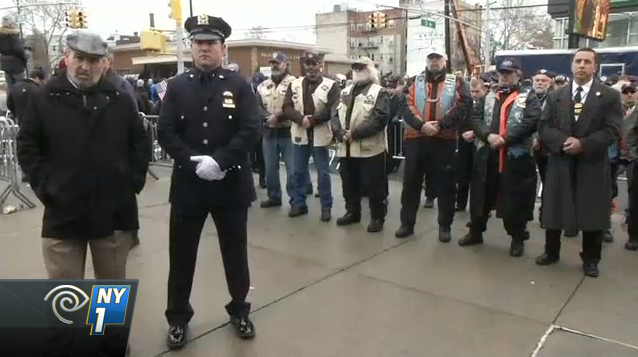 A missing girl shakes up the NYPD
A missing girl shakes up the NYPD
Ruth Cruger, age 18, was last seen on February 13, 1917, leaving her residence on Claremont Avenue in Upper Manhattan. She was on her way to pick up a pair of ice skates that she had left off to get sharpened at a motorcycle repair shop near her house. When she failed to return home that evening her father notified the NYPD that his daughter was missing. Detectives took the information but, as was their practice, let 24 hours pass before acting on the complaint.
A day later, the motorcycle repair shop owner, an Italian immigrant named Alfred Cocchi, admitted to police that Ruth had picked up her ice skates, but said that he did not know where she went after that. A perfunctory search of Cocchi’s garage yielded negative results. Despite the fact that Cocchi left town suddenly the next day, several patrolmen assigned to the Motorcycle Squad came forward to vouch for his honesty.
The police concluded that Ruth had either left home of her own accord or had been abducted by white slavers who had shipped her off to Cuba (although there was no evidence to suggest either theory was true).
Her father asked Manhattan District Attorney Edward Swann to initiate a separate investigation. Swann agreed to question Cocchi’s wife. After meeting with Mrs. Cocchi, he reported that he expected both her husband and Ruth would show up very soon. He had reason to be optimistic. The vast majority of missing girls reported to the police returned home of their own volition.
But Mrs. Grace Humiston, a lawyer and crusader against white slavery, was not convinced that things would work out. Her persistent badgering of detectives assigned to the case finally got the attention of Police Commissioner Arthur Woods. He agreed to have Cocchi’s shop searched a second time and let her watch. This time detectives discovered Ruth’s body rotting away in a pit under the floor of Cocchi’s garage wearing the same clothes she had had on the day she vanished. Solving the crime under these circumstances proved extremely embarrassing to the NYPD. To make matters worse, Cocchi had fled to Italy, but under international law, could not be extradited.
 18-year-old Ruth Cruger went missing in 1917.
18-year-old Ruth Cruger went missing in 1917.
Mr. Cruger was so upset by the ineptitude of the department that he demanded Mayor Mitchel fire the police commissioner for “stupidity.” In defense of Woods, whom Mitchel admired, the mayor said, “Sound judgment cannot be predicated upon an isolated act or omission, unfortunate and deeply regrettable as that omission may have been.”
A grand jury convened by Swann to look into the matter revealed that what had happened went well beyond mere incompetence on the part of the police. It turned out that Cocchi had developed a cozy relationship with the same motorcycle officers who had vouched for him, which explained why detectives had failed to consider him a suspect from the start.
Whenever these particular motorcycle patrolmen issued a summons for a traffic infraction, they directed the violator to go to Cocchi’s shop to “settle up” rather than court. That way the fines, from which Cocchi received his cut, could go directly into the patrolmen’s pockets instead of the city treasury.
The debacle led to the creation of the NYPD’s Bureau of Missing Persons, which is still in existence today, albeit now called the “Missing Persons Squad.” As for Cocchi, he eventually confessed to Italian authorities that he had murdered the teenager because she had resisted his advances. The Italian courts sentenced him to 27 years in jail, bringing an end to one of the most embarrassing chapters in NYPD history.
 Video from NY1. The current turmoil between the NYPD and City Hall has a long history.
Video from NY1. The current turmoil between the NYPD and City Hall has a long history.
Excerpted with permission from The NYPD’s First Fifty Years: Politicians, Police Commissioners, and Patrolmen by Bernard Whalen and Jon Whalen with a foreword by William J. Bratton, Potomac Books, January 2015
Bernard Whalen has been a member of the New York Police Department since July 1981. He has received 16 departmental recognitions, including two commendations. He is a member of the NYPD Honor Legion. He and his father, Jon Whalen, a former New York state corrections officer and retired English teacher, coauthored the novel Justifiable Homicide. William J. Bratton is the police commissioner of the NYPD.


